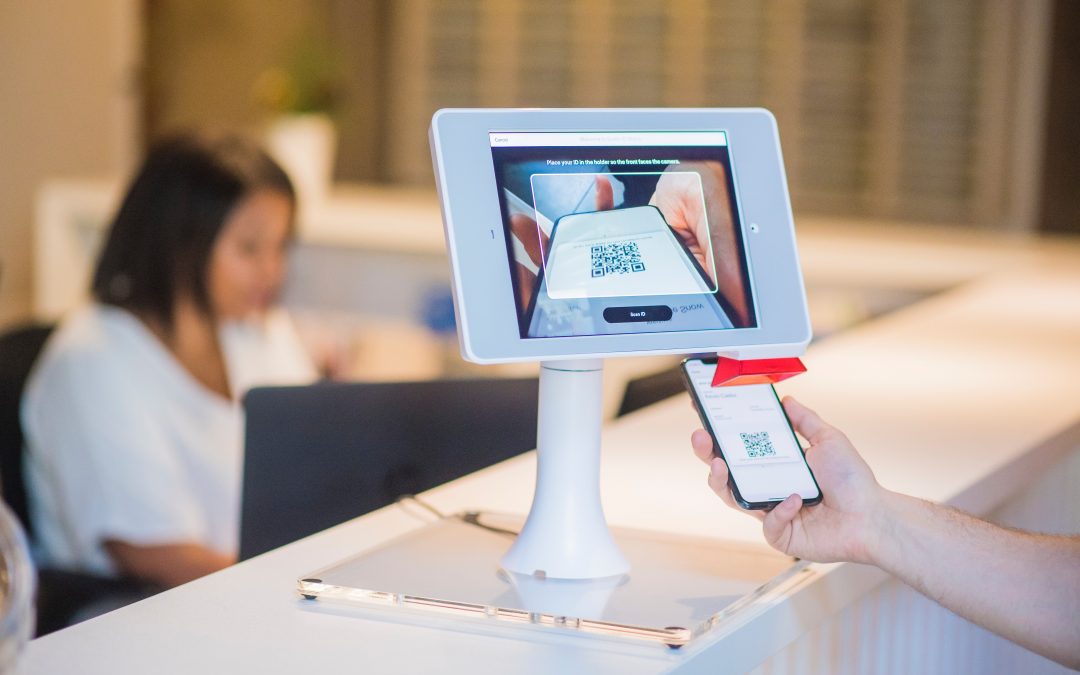Scrolling through the prices on the well-known budget airline in my Chrome’s incognito mode.
It has been a month since I’ve been tracking the prices for the flight to Morocco, waiting patiently for the prices to drop.
I swear I’ve finally cracked the pattern for the days when the prices drop.
At least that’s what I thought…
Checking the airline prices each day delivers adrenaline: did it drop? Perhaps they went up? Should I risk and wait a little bit more or buy now?
Finally, I decided to buy it. Making a promise to myself I will not check back again if the prices changed (for better or worse).
Do you know this feeling?
When you work in the hospitality industry you can even put a name on it: revenue management.
Airlines, hotels, guest houses, restaurants, spas, wellness centers, transport businesses, golf camps, conference centers, hospitals, cinemas…
…they all have in common using techniques of revenue management.
What is revenue management in a hotel?
Revenue management consists of satisfying the needs of the highest possible number of customers while searching for the highest cost-effectiveness for the business.
To be more specific it’s the elaboration of previsions with the end goal to offer the right product to the right customer at the right moment.
Origins of revenue management go back to the 80s in the USA with the liberation of one of the most dynamic industries: airlines.
Revenue management in hotels doesn’t serve only for the optimization in the seasons of high demand.
The right system, well established, should help stimulate the demand in low seasons too, avoiding cannibalizing rates and entering in the war price with competition.
That’s why revenue management is relevant in times of crisis, like the one caused by Covid-19, too.
Basic elements of hotel revenue management:
-
Analysis of your historical, market, and competitor’s data
Analysis of your hotel data:
- knowing your audience,
- periods of high and low demand,
- When and how your customers make bookings
- Your market
- Monitoring the current trends, events
- Competitors, etc
Revenue management is about forecasting the demand. Having all this data will help you in creating your price strategy and making the right decisions.
In the beginning, it can look overwhelming. The benefit of using revenue management systems (like Pricepoint for example), is that they analyze all the information mentioned above for the hoteliers.
-
Hotel reputation
Knowing your hotel’s online reputation, your competitors, and the tastes and interests of your target audience can help you in improving and adapting to the ever-changing market.
This should be one of the main tasks we should do at the moment of creating a marketing and revenue management strategy.
“In today’s social media-dominated market, online reputation can and does have an impact on revenue.”
(Source: Hospitality Net)
The higher reputation and quality of your services, the higher the price tag.
-
Key Performance Indicators (KPIs)
To improve your hotel’s financial results, you should know how the hotel is performing.
Using key performance indicators in revenue management help hotel owners and managers better understand the costs of customer acquisition through each channel.
As the goal of this blog post is KISS: keep it super simple, here are the 4 basic metrics of RM in hotels:
-
The average daily rate (ADR) is the Average Daily Rate per occupied room.
To calculate it you need to divide the total room revenue from a given name and divide it by the numbers of rooms sold.
Keep tracking your ADR to create price strategies that cover operational costs while adapting to the changing demand.
2. The Occupancy Rate tells you how much available space in the hotel is or will be used.
You can measure it for a specific day, month, week, or year.
To calculate it divide the total number of occupied rooms by the amount of available room in the given period.
Tracking occupancy rate allows you to see how well the hotel performs over the year, and how different trends, events, and marketing are influencing your occupancy.
3. Revenue Per Available Room (RevPAR)
Probably the most popular and important metric of hotel revenue management.
It indicates how much money the hotel has made per available room ( beyond the only occupied ones as in ADR).
Calculate it by dividing total room revenue by total rooms available.
RevPAR allows you to see how well the hotel is performing overall. It shows how your average daily rate is filling in the available rooms.
Therefore it can help you in finding the right price point to draw maximum revenue over a certain period.
4. Average Length Of Stay (LOS) shows the average stay of your guests.
You can calculate it by dividing the total number of room nights by the number of bookings. The higher LOS is the better since it means fewer costs connected to the staff work.
Let’s imagine the situation where the whole week in your hotel consists of 1-night stays. You know that means cleaning each room, every day. And this raises the costs.
Knowing the period of times when the LOS is low, you can raise your prices to cover the higher costs.
In conclusion
Revenue management seems like a number game. Especially when you search for this perfect deal (like for a flight!). You see, there’s more to it than numbers.
In this post, you have learned what is revenue management in hotels, and the basics of basics.
It might seem overwhelming with all the numbers, forecasts, and predicting but I promise it gets easier with the right tools. Take Pricepoint for example.
Make sure to check out our other blog post on the 6 benefits of using automated RMS.
Written by Ewa Gabara, Marketing Coordinator

